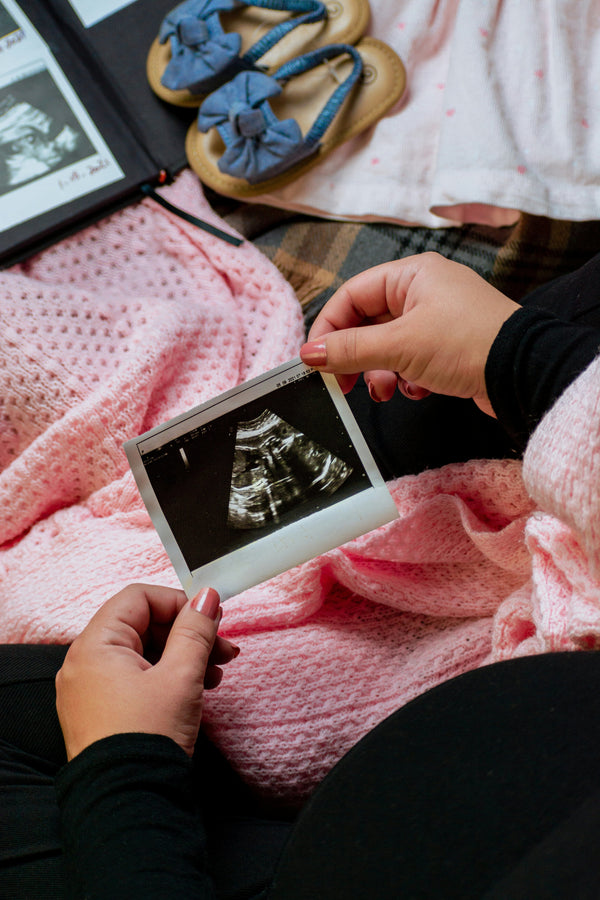Article
Swollen Ankles and Swelling Throughout Pregnancy: Causes and Remedies
Posted on
Swelling, particularly in the ankles and feet, is a common occurrence during pregnancy. Medically known as edema, this swelling is often harmless but can cause discomfort. Let's explore why swelling occurs and what you can do to manage it:
Causes of Swelling During Pregnancy
Swelling is a result of the body's natural response to pregnancy-related changes. Here are the primary factors contributing to swelling:
1. Increased Fluid Retention
During pregnancy, your body retains more fluid to support the increased blood volume and provide nourishment to your growing baby. This excess fluid can accumulate in the tissues, leading to swelling.
2. Hormonal Changes
Hormonal fluctuations, specifically elevated levels of progesterone, can affect the way your body regulates fluids. This can contribute to fluid retention and swelling.
3. Pressure from the Growing Uterus
As your uterus expands to accommodate the growing baby, it puts pressure on the veins in your pelvis, impairing blood flow and causing fluid buildup in the lower extremities.
Managing Swelling During Pregnancy
Although swelling is a normal part of pregnancy, there are several measures you can take to alleviate discomfort and manage the swelling:
1. Stay Active
Engage in regular physical activity, such as walking or swimming, to improve circulation and reduce fluid buildup. Consult with your healthcare provider for appropriate exercises during pregnancy.
2. Elevate Your Legs
Take breaks throughout the day to elevate your legs, ideally above the level of your heart. This can help reduce swelling and promote better circulation.
3. Wear Comfortable Shoes
Opt for comfortable, supportive shoes that allow for proper circulation. Avoid tight footwear or high heels that may exacerbate swelling.
4. Avoid Prolonged Sitting or Standing
Take regular breaks to move around if you have a job that requires prolonged sitting or standing. Frequent position changes can help prevent fluid buildup in the lower extremities.
5. Stay Hydrated
Drinking plenty of water can help flush out excess fluids and reduce swelling. Aim to stay adequately hydrated throughout the day.
6. Wear Compression Stockings
Consider wearing compression stockings or socks recommended by your healthcare provider. These can help improve circulation and reduce swelling in the legs and ankles.
7. Avoid Excessive Salt Intake
High sodium intake can contribute to fluid retention. Opt for a balanced diet with moderate salt intake to help manage swelling.
By following these measures, you can effectively manage swelling and promote comfort during your pregnancy. Embrace this transformative journey with confidence and take care of yourself and your growing baby.
Further reading
-

Is this normal in trimester 2?
Pregnancy can feel like a constant swirl of questions and new experiences. The second trimester is often called the “honeymoon... -

Myths About Early Pregnancy Safety
Trigger Warning: This post discusses early pregnancy, including topics such as miscarriage and common symptoms. The first twelve weeks of...


